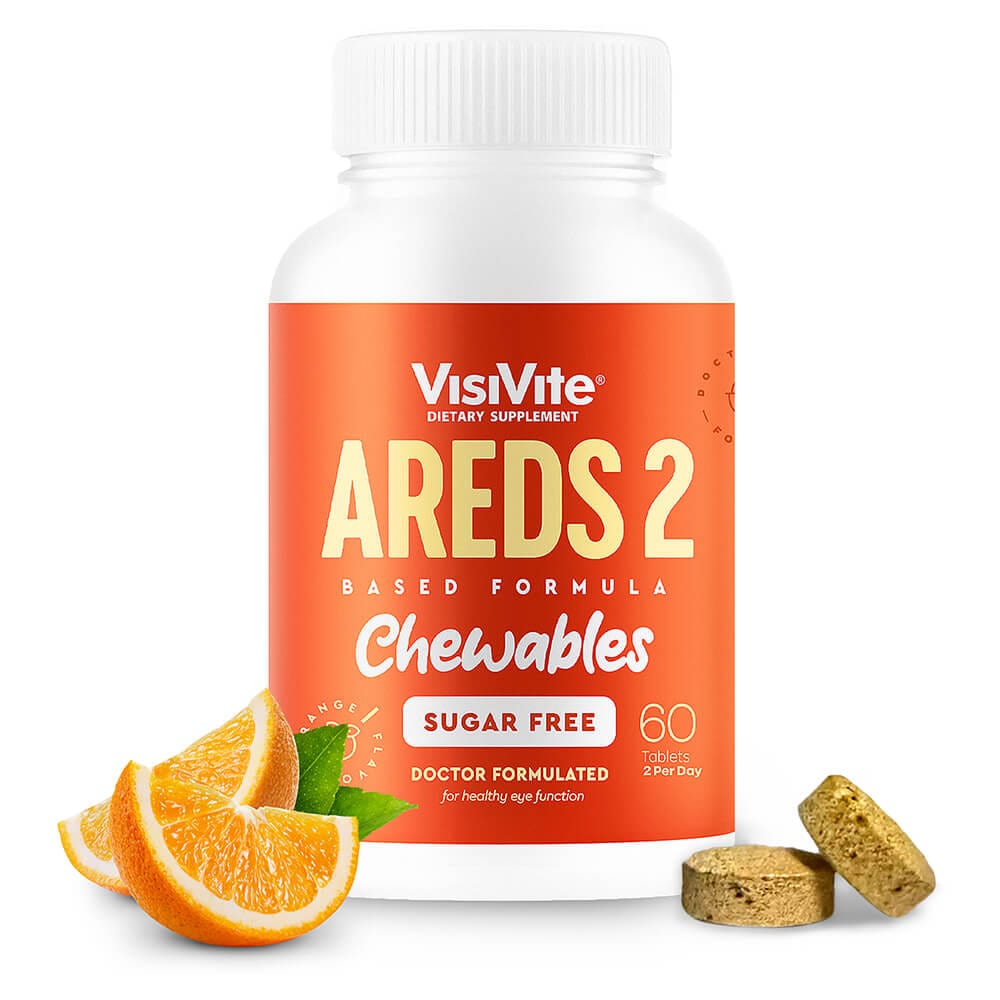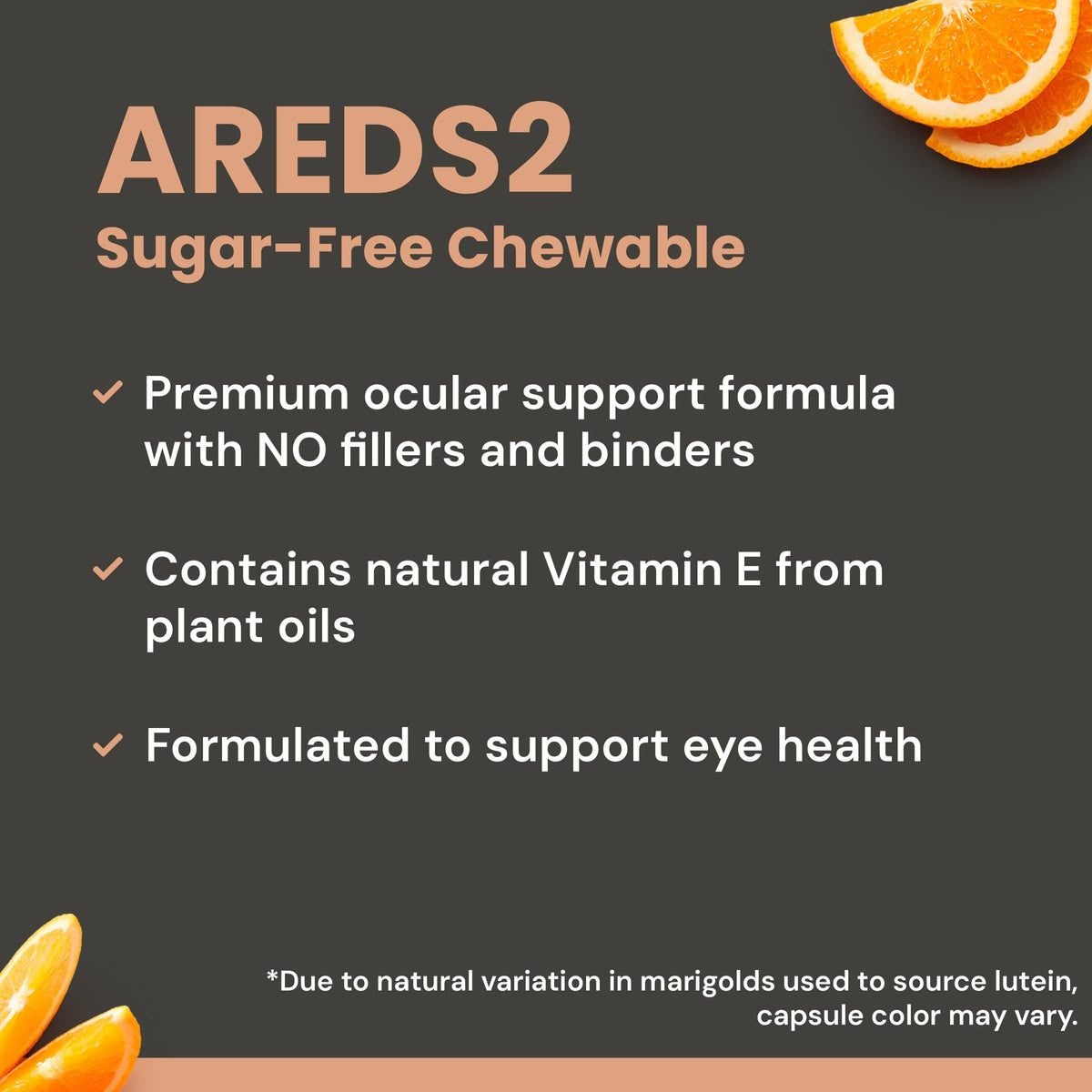One month ago, a 52 year-old woman came into my office with the sole complaint that she struggled to see at night. Her vision measured 20/20, and she had no cataracts or retinal disease that might explain her symptoms.
So I tested her "dark adaptation." I've been doing this for years on patients, and now new research from the prestigious professional journal, Ophthalmology, has shown that people with poor dark adaptation are more likely to develop macular degeneration later in life.
To understand it simply, dark adaptation is your ability to see in dim light after being exposed to bright light. Two classic examples are coming into a dark room after being out on the beach, or driving through a dark tunnel on a sunny day. How quickly can you see well?
In the office setting, there are different ways to test for it. There is a $50,000 machine called the AdaptDx, that can objectively measure dark adaptation, Or we can go more simply, instructing a patient to stare into a bright point source of light for 15 seconds and measuring the time it takes the patient to see letters on the visual acuity chart.
Most patients take under 15 seconds. Patients with delayed dark adaptation can take up to 90 seconds to be able to see the letters on the screen.
I put my 52 year-old patient on VisiVite NightSight, once daily. NightSight not only contains lutein and zeaxanthin. It also contains C3G (cyanidin-3-glucoside) from European Black Currant to facilitate Rhodopsin turnover and Saffron to help with retinal flicker sensitivity.
She returned one month later and excitedly exclaimed that "After five days, I could see at night again!" We tested her dark adaptation, which had initially been 1 minute 10 seconds long. After one month on NightSight, her dark adaptation time had quickened to 22 seconds!
Naturally, she was delighted with the result. And so was I.
You can read more about VisiVite NightSight by CLICKING HERE.
Paul Krawitz, M.D., President and C.E.O.














